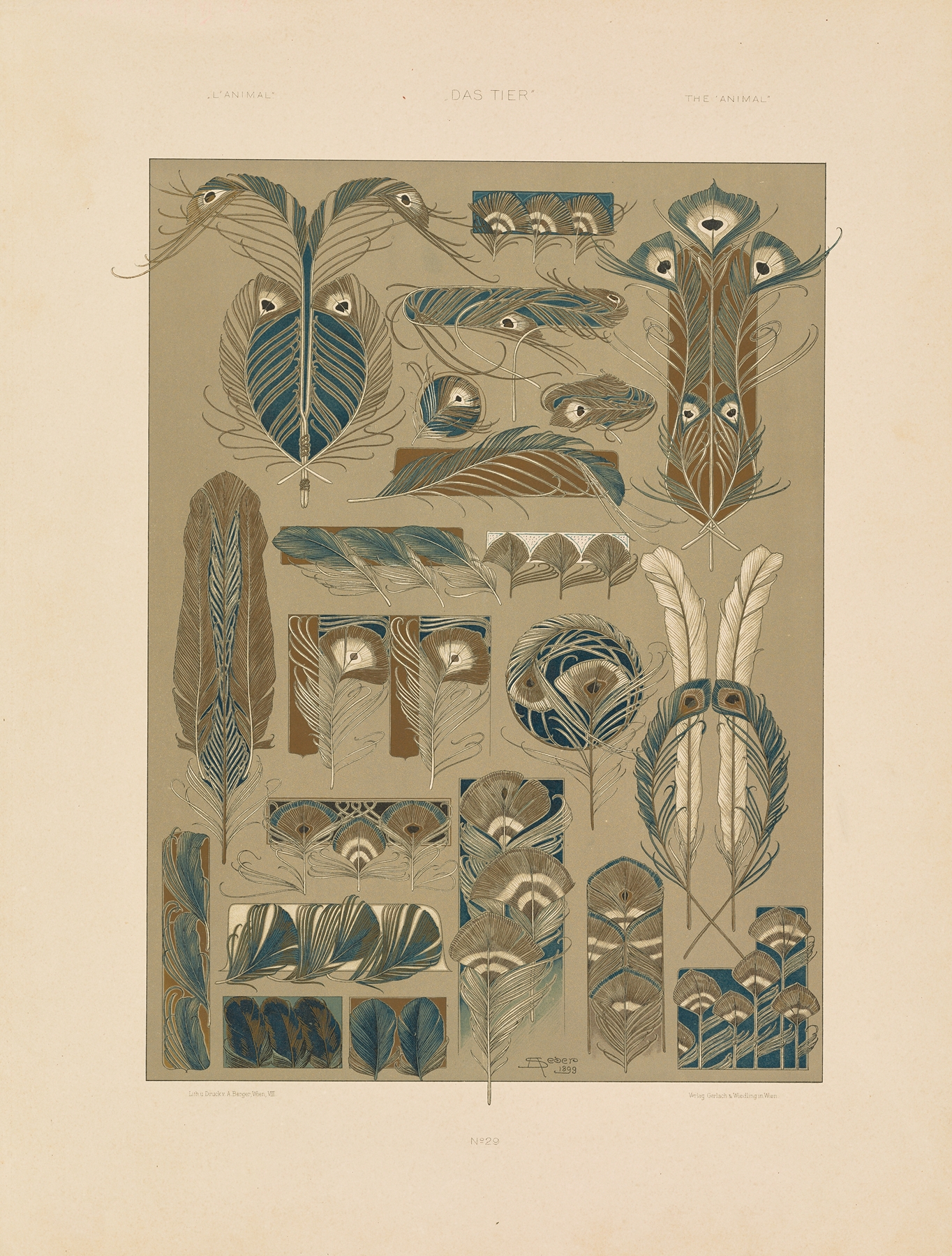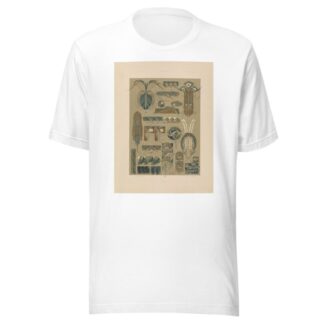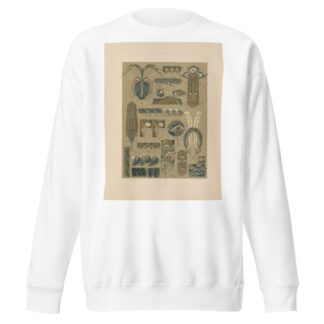Description
Das Thier in der decorativen Kunst Pl.30 by Anton Seder printed on a Hoodie
About the Hoodie
Modern fit
It provides a more tailored look than a regular fit
Comfortable
The fabric and fit of this item are extra comfy
Tear-away tag
Easily removable tear-away tag that allows you to add a custom inside label
Premium quality
The product is made from premium, high-quality materials
Classic unisex hoodie with a front pouch pocket and matching flat drawstrings. The 100% cotton exterior makes this hoodie soft to the touch.
- 65% ring-spun cotton, 35% polyester
- Charcoal Heather is 60% ring-spun cotton, 40% polyester
- Carbon Grey is 55% ring-spun cotton, 45% polyester
- 100% cotton face
- Fabric weight: 8.5 oz./yd.² (288.2 g/m²)
- Front pouch pocket
- Self-fabric patch on the back
- Matching flat drawstrings
- 3-panel hood
- Tear-away tag
Anton Seder (1850-1916)
Anton Johann Nepomuk Seder was an Art Nouveau designer, art professor and Director of the Kunstgewerbeschule (Arts and Crafts School) in Strasbourg.
His father, Christian Seder, was an inspector of army equipment. At the age of nineteen, he enrolled at the Academy of Fine Arts, Munich. His career began in 1878, teaching architecture at the Technikum in Winterthur, Switzerland. In 1882. he returned to Munich, where he worked as a sculptor at the Academy. He also made several brief study trips to Italy.
In 1889, he was appointed Director of the new École supérieure des arts décoratifs de Strasbourg, winning out over thirty-nine other candidates. In 1892, the school was able to move into its present building, whose façade he had designed and which was executed by Léon Elchinger [fr], one of his first students. Exhibits held during the 1890s cemented the school’s reputation as an innovative institution and spread its influence throughout Germany. Among the major changes he made were his emphasis on the workshop over the classroom, and the hiring of younger teachers, who were more open to experimentation.
As the 20th century began, and styles changed, not all went well. In 1907, he was criticized by former students who were unable to find work. As World War I approached, local artists complained that the school was too German. By the time of Seder’s retirement in 1915, its once high reputation was largely gone.
In addition to teaching, he created decorative panels for the entrance hall and stairwell at the Institute of Zoology (now part of the University of Strasbourg). His works on the Pont d’Auvergne, a bridge near the University, have not been preserved. He was also involved in goldsmithing and ironwork. Some grillwork for Sainte-Madeleine Church (now at the Strasbourg Museum of Modern and Contemporary Art) is a notable example.
As an author, he published at least ten books on drawing and painting between 1882 and 1903. From 1901, he was a co-editor at the professional journal, Das Kunstgewerbe in Elsass-Lothringen.
Sources






Reviews
There are no reviews yet.